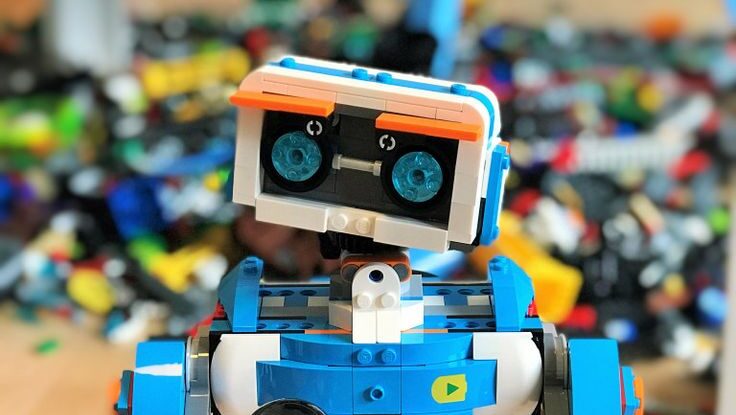Your cart is currently empty!
STEM Toys and their history
STEM toys might seem like a modern innovation, but their roots trace back much further than you might expect. For parents curious about where these educational tools came from and how they developed into the brilliant kits we see today, this blog takes a quick dive into their journey — from humble beginnings to today’s coding robots and AI-powered kits.
From Building Blocks to Brain Builders: The Early Days
Long before the term “STEM” was coined, educators and inventors were already creating toys to develop logic, problem-solving, and spatial reasoning. Think of Friedrich Fröbel, the father of kindergarten, who introduced wooden blocks in the 1800s — not just for play, but to shape young minds through design and discovery. These were some of the first STEM-inspired tools, even if they weren’t called that.
In the 20th century, toys like Erector Sets (1913) and LEGO bricks (1958) arrived. Both encouraged creativity and mechanical thinking, laying the foundation for modern engineering play. These classic toys emphasized hands-on experimentation — a core principle that remains in STEM toys today.
The Rise of the STEM Movement
The term STEM was first used in the early 2000s, when educational institutions and policymakers pushed to better prepare students for the increasing demand in science and technology careers. As the need for STEM education grew, so did the market for toys that could bring these concepts to life outside of the classroom.
Toy makers began designing products that made coding, robotics, physics, and math more accessible and fun. What started as a movement in schools quickly expanded into homes, thanks to toys that made STEM learning feel like magic.
From Passive to Interactive: The Digital Revolution
The 2010s marked a turning point — children were no longer just building with blocks, but programming robots, designing games, and running experiments in their own bedrooms. Companies like LEGO Education, Kano, and Osmo began creating tech-friendly toys that blurred the line between play and problem-solving.
These toys weren’t just fun; they reflected the changing world. As screens became part of everyday life, STEM toys evolved to blend digital and physical learning. Kids could now learn real coding logic through colorful interfaces and immediate feedback, making the learning process faster, deeper, and more engaging.
What Parents Should Know: It’s About the Mindset, Not the Tech
While today’s STEM toys often include tech components, the heart of STEM is curiosity, creativity, and exploration — the same values that shaped the earliest learning toys.
Whether it’s a simple puzzle or a smart robot, the real power of STEM toys lies in how they challenge kids to think differently, to explore the why behind what they see, and to build confidence through discovery.
And that’s something parents can encourage every day — no coding experience required.
Coming Next: What Makes a Great STEM Toy?
Stay tuned for our next post where we break down what makes a toy truly STEM-worthy — and how to choose the right one for your child’s personality and interests.
Would you like a version of this formatted for WordPress with headers and meta description, or should I draft the next post in the series too?
